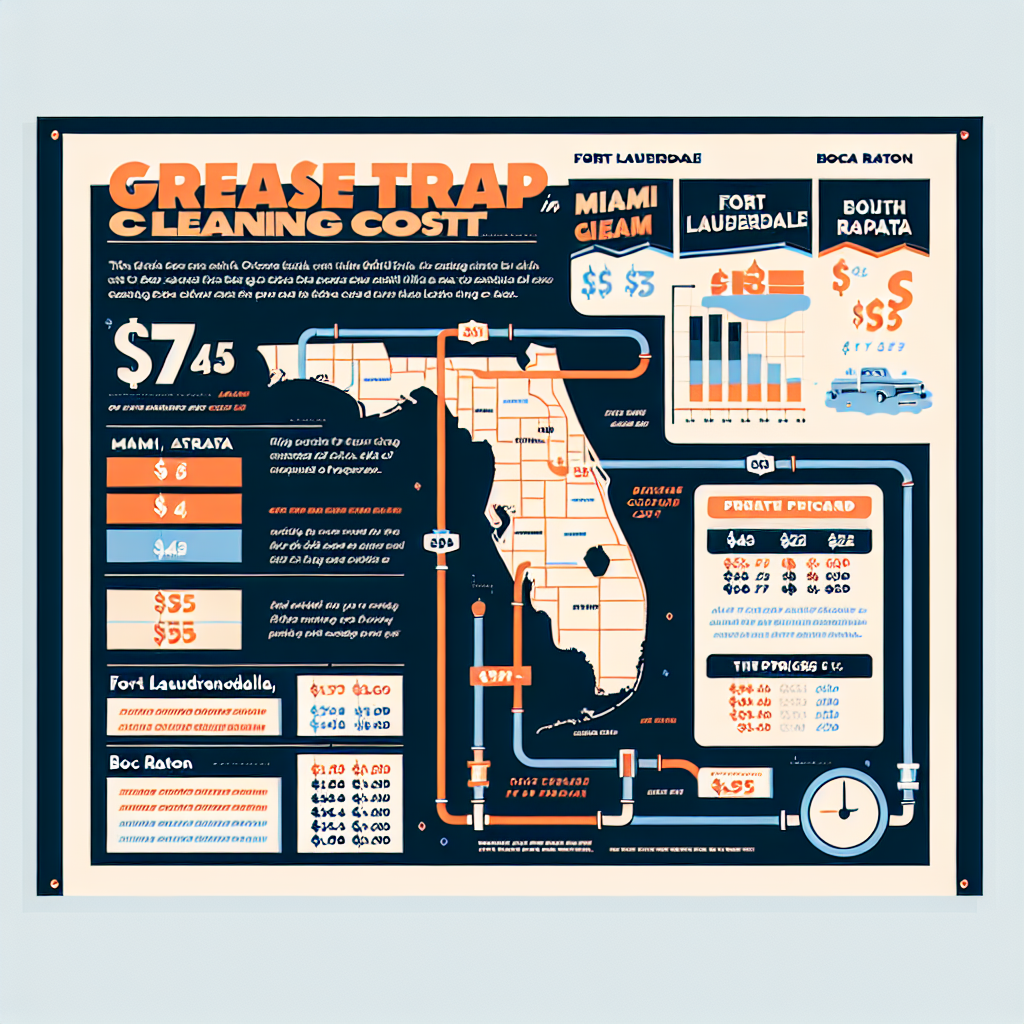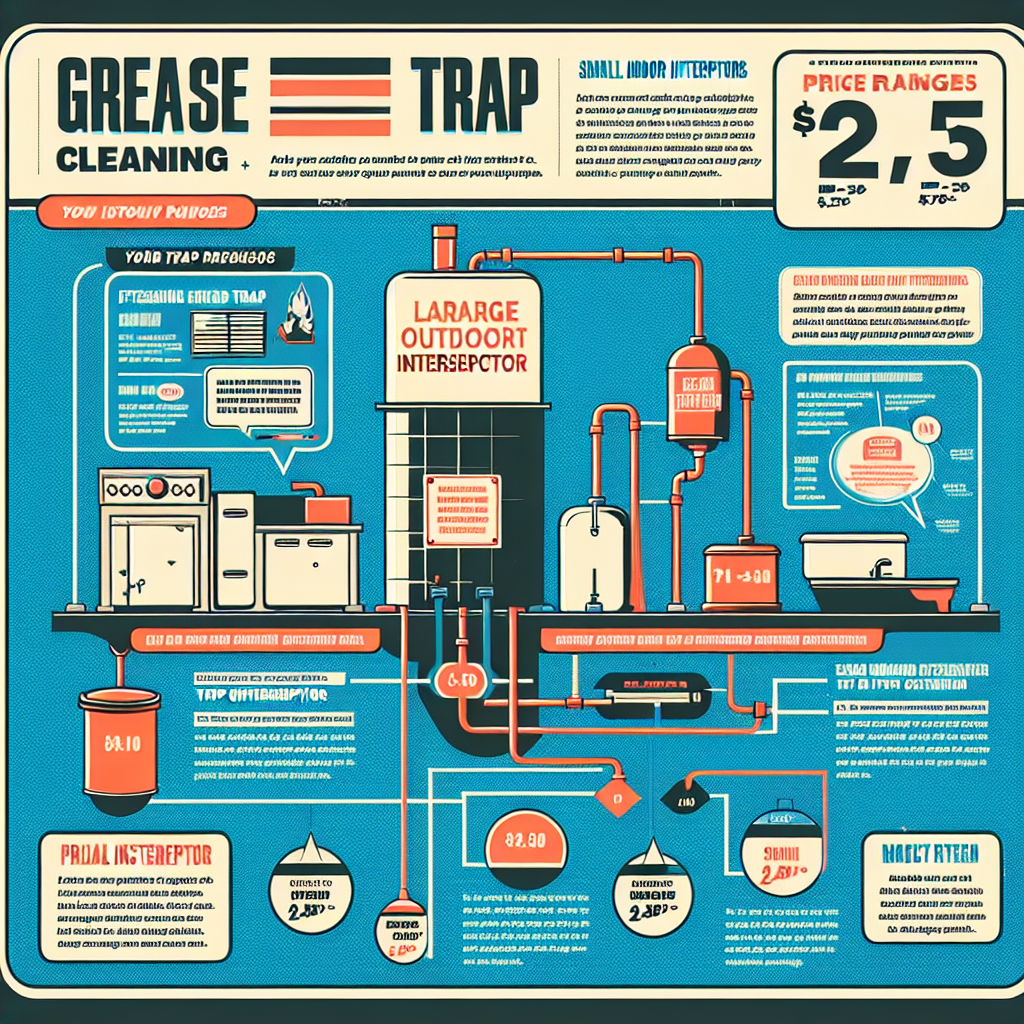Grease Trap Maintenance Checklist: Daily Weekly Monthly
Complete guide to grease trap maintenance checklist: daily weekly monthly for South Florida restaurants.
We Handle Everything For You
We handle all the sourcing, negotiations, and logistics to find you the best grease trap service provider at the cheapest cost in your area.
Grease Trap Maintenance Checklist: Daily Weekly Monthly
Grease Trap Maintenance Checklist: Daily, Weekly, Monthly
Introduction
Maintaining a grease trap is crucial for restaurant owners in South Florida to ensure smooth operations and compliance with local regulations. This comprehensive checklist provides a detailed guide to daily, weekly, and monthly grease trap maintenance tasks, helping you prevent costly problems and stay compliant.
Understanding Grease Trap Maintenance
What is a Grease Trap?
A grease trap is a plumbing device designed to intercept most greases and solids before they enter a wastewater disposal system. They are essential in preventing blockages and ensuring that waste management systems run smoothly.
Why Regular Maintenance is Important
Regular maintenance of grease traps helps prevent unpleasant odors, blockages, and potential fines from non-compliance with local regulations. It also extends the lifespan of your plumbing infrastructure and reduces emergency repair costs.
Daily Grease Trap Maintenance Tasks
Inspect for Visible Grease Buildup
Clean Kitchen Surfaces and Equipment
Weekly Grease Trap Maintenance Tasks
Conduct a Thorough Inspection
Clean the Grease Trap
Monthly Grease Trap Maintenance Tasks
Schedule Professional Cleaning
Review Maintenance Logs
City-Specific Compliance for South Florida
Miami
Fort Lauderdale
Boca Raton
Cost Transparency in Grease Trap Maintenance
Understanding Costs
| Service Type | Average Cost (USD) | Frequency |
|---|---|---|
| Professional Cleaning | $150 - $300 | Every 90 days |
| Emergency Services | $200 - $500 | As needed |
| Replacement Parts | $50 - $200 | As needed |
Factors Affecting Costs
FAQs
How often should you clean a grease trap?
Grease traps should be cleaned every 90 days, but high-volume kitchens might require more frequent cleaning.
What are the signs of grease trap problems?
Signs include slow drainage, foul odors, and visible grease buildup.
How much does grease trap cleaning cost?
The cost ranges from $150 to $300, depending on trap size and location.
What are the Miami-Dade grease trap regulations?
Miami-Dade requires a GDO permit and regular inspections every 90 days.
How does a grease trap work?
A grease trap separates fats, oils, and greases (FOG) from wastewater, preventing them from entering the sewer system.
Why is professional cleaning recommended?
Professional cleaning ensures compliance with local regulations and reduces the risk of costly repairs.
Conclusion
Regular grease trap maintenance is essential for compliance and efficient kitchen operations. By following this checklist, restaurant owners in South Florida can prevent problems and ensure their grease traps function optimally. For more detailed information on local regulations, visit the [Miami-Dade County DERM website](https://www.miamidade.gov/global/environment/home.page).
Internal Links
For professional grease trap services, contact us today to schedule a consultation and ensure your restaurant remains compliant and efficient.
Related Grease Trap Resources



Need Professional Help?
Get expert grease trap services with transparent pricing and same-day availability.
Get Free Quote